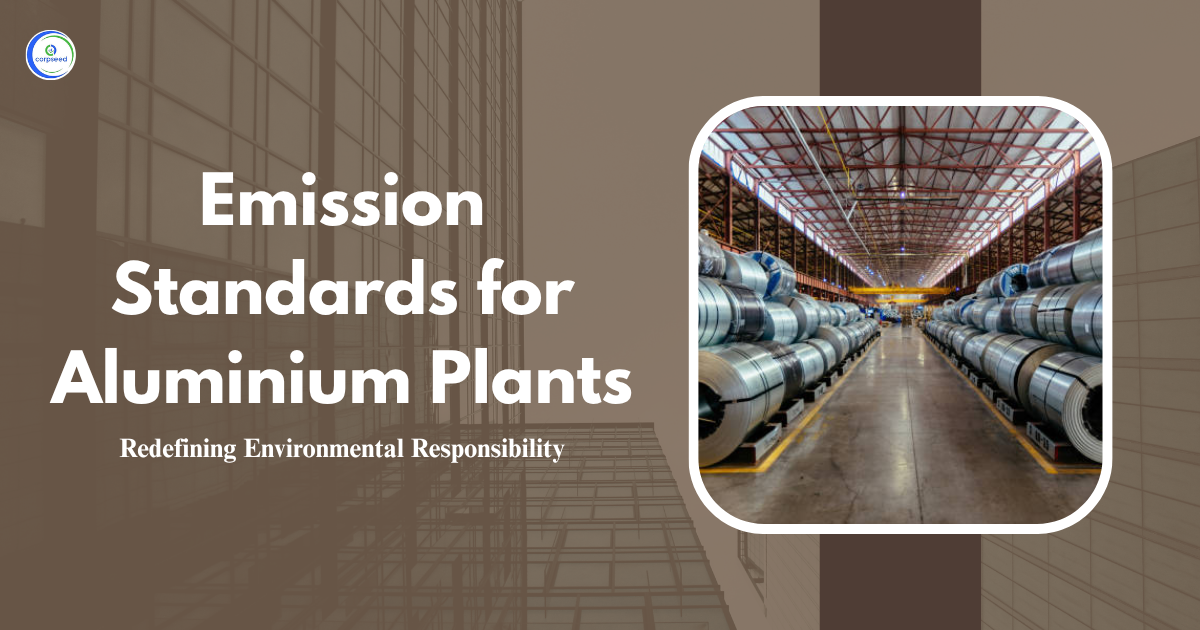The electroplating and anodizing industries are important to boost the durability and aesthetic appeal of metals and alloys. However, these industries also contribute significantly to environmental pollution due to the nature of their work. Emissions or released substances of harmful pollutants from electroplating and anodizing processes, such as heavy metals, acidic emissions, and toxic chemicals from electroplating and anodizing processes has elevated concerns about their environmental impact. For these industries to function sustainably, strict compliance to emission standards and waste discharge regulations is necessary.
Table of Contents
What is the Electroplating Anodizing Industry?
The electroplating anodizing industry contains the application of metal coatings to various substrates to increase corrosion resistance, develop surface hardness, and provide aesthetic properties. Electroplating uses electric current to mitigate metal ions from a solution, depositing a thin layer of metal on the surface of the object to be plated. Anodizing, on the other hand, includes an electrochemical process that thickens a layer of natural oxides on the surface of metals like aluminium. Both processes use several chemicals, acids and metallic salts which, if misused, can result in the discharge of harmful pollutants into the surrounding environment.
Understanding Environmental Pollutants in the Electroplating Anodizing Industry
Environmental pollution from the electroplating anodizing industry is mainly from chemicals and metals used during the metal finishing process. These contaminants involve heavy metals like cadmium, lead, chromium and nickel, which are toxic to both humans and wildlife. Moreover, the use of harmful chemicals such as acids, cyanide, and other electroplating solutions contributes to water, soil, and air pollution if not managed properly. The release of these pollutants into the environment can cause severe environmental damage, impacting water quality, soil health, and even biodiversity. Thus, it is important to enforce strict emission standards to reduce the environmental impact of the electroplating and anodizing industries.
--------------Blog Contact Form-------------
Environmental Pollutants from the Electroplating Anodizing Industry
The electroplating and anodizing industries discharge several contaminants during the plating and anodizing process. Some of the key pollutants include:
- Heavy Metals: These involve nickel, chromium, cadmium, and lead, which are toxic to water bodies and can collect in the food chain.
- Acidic Effluents: The chemicals used during electroplating and anodizing processes, such as sulphuric acid and hydrochloric acid, often lead to the discharge of acidic wastewater.
- Cyanide Compounds: Used in some electroplating baths, cyanides are highly toxic and can pose serious risks to both the environment and human health.
- Solvents and Chemicals: Solvents and several chemicals used for cleaning and preparation of substrates also contribute to environmental pollution if not properly treated prior to discharge.
- Suspended Solids and Sludge: The water from electroplating can carry suspended solids and metal residues, which contribute to water turbidity and possible soil contamination.
To prevent long-term environmental and public health effects, these pollutants must be controlled and managed according to environmental standards.
Significance of Emission Standards
Emission standards play an important role in mitigating the environmental effect of the electroplating and anodizing industry. These standards not only control the amount of pollutants discharged but also encourage industries to adopt cleaner technologies and better waste management practices. The implication of these emission standards can be outlined in the following points:
- Protection of Water Bodies: By controlling emissions of pollutants such as heavy metals and acid emissions, emission standards can maintain water quality and prevent contamination of freshwater ecosystems.
- Human Health and Safety: Emission standards prevent toxic substances like cyanides and heavy metals from polluting drinking water supplies, thus minimizing the risk of water-borne illnesses and poisoning.
- Sustainable Industry Growth: Adhering to emission standards reduces the negative environmental impact of the electroplating and anodizing industry and ensures its long-term sustainability by ensuring regulatory compliance.
- Enhanced Reputation: Complying with environmental norms boosts the credibility of the industry, building trust among consumers, regulatory agencies and stakeholders.
- Cost Savings: Efficient waste management and pollution control methods not only safeguard the environment but also minimize operational costs and fines for non-compliance related to waste disposal.
Effluent Standards
Effluent standards are set to limit the amount of these pollutants that can be released into the environment from electroplating anodizing industries. These standards involve specific limits for numerous contaminants such as heavy metals, pH levels, and suspended solids. Below is a table that describes the key water standards for the industry:
| S. No. | Industry | Parameter | Standard |
| "9. | Electroplating, Anodizing industry | A.- Effluent Standards | |
| Limiting concentration in mg/l, except for pH and Temperature | |||
| (i) Compulsory Parameters | |||
| pH | 6.0 to 9.0 | ||
| Temperature | shall not exceed 5°C above the ambient temperature of the receiving body | ||
| Oil & Grease | 10 | ||
| Suspended Solids | 100 | ||
| Total Metal* | 10 | ||
| Trichloroethane | 0.1 | ||
| Trichloroethylene | 0.1 | ||
| (ii) Specific Parameter as per process | |||
| a. Nickel and Chrome plating | |||
| Ammonical Nitrogen, as N | 50 | ||
| Nickel, as Ni | 3 | ||
| Hexavalent Chromium, as Cr | 0.1 | ||
| Total Chromium, as Cr | 2 | ||
| Sulphides,as S | 2 | ||
| Sulphates, as So2 | 200 | ||
| Phosphates, as P | 4 | ||
| Copperas Cu | 3 | ||
| b. Zinc Plating | |||
| Cyanides, (as CN ) | 0.2 | ||
| Ammonical Nitrogen, as N | 50 | ||
| Total Residual Chlorine, as Cl | 1 | ||
| Hexavalent Chromium, as Cr | 0.1 | ||
| Total Chromium, as Cr | 2 | ||
| Zinc, as Zn | 5 | ||
| Lead, as Pb | 0.1 | ||
| Iron, as Fe | 3 | ||
| c. Cadmium plating | |||
| Cyanides, (as CN ) | 0.2 | ||
| Ammonical Nitrogen, as N | 50 | ||
| Total Residual Chlorine, as CI | 1 | ||
| Hexavalent Chromium, as Cr | 0.1 | ||
| Total Chromium, as Cr | 2 | ||
| Cadmium, as Cd | 2 | ||
| d. Anodizing | |||
| Ammonical Nitro~en, as N | 50 | ||
| Total Residual Chlorine, as CI | 1 | ||
| Aluminium | 5 | ||
| Flourides, as F | 15 | ||
| Sulphates, as SO2 | 400 | ||
| Phosphates, as P | 5 | ||
| e. Copper, Tin plating | |||
| Cyanides, (as CN) | 0.2 | ||
| Copper, as Cu | 3 | ||
| Tin | 2 | ||
| f. Precious Metal plating | |||
| Cyanides, (as CN-) | 0.2 | ||
| Total Residual Chlorine, as CI | 1 | ||
| B. Emission Standards | |||
| Limiting concentration in mg/m3, unless stated | |||
| (i) Compulsory parameters | |||
| Acid mist (HCI & H2, SO4) | 50 | ||
| (ii) Specific parameters as per process | |||
| a. Nickel & Chromium plating | |||
| Nickel** | 5 | ||
| Hexavalent Chromium** | 0.5 | ||
| b. Zinc, Copper or Cadmium plating | |||
| Lead** | 10 | ||
| Cyanides, (Total)** | 5 | ||
| •Total Metal' shall account for combined concentration of Zn+Cu+Ni+AI+Fe+Cr+Cd+Pb+Sn+Ag in the effluent. •Emission standards shall be applicable to electroplating units having water consumption at least 5 m3 /day. These units shall channelize their emission through a stack or chimney having height at least 10 metres above ground level or 3 metres above top of shed or building of the unit, whichever is more. •The existing units shall comply with the norms of asterisked pollutants by 1st January 2013. However, new units shall comply with the norms with effect from commissioning of plant. |
|||
| C. Storm water | |||
| Note: (i) Storm water for a unit (having plot size at least 200 square metres) shall not be allowed to mix with scrubber water, effluent and/or floor washings. (ii) Storm water within the battery limits of a unit shall be channelized through separate drain/pipe passing through a High Density Polyethylene (HOPE) lined pit having holding capacity of ten minutes (hourly average) of rainfall.". |
|||
These standards are implemented by regulatory bodies such as the Central Pollution Control Board (CPCB) in India, and compliance is compulsory for industries involved in electroplating and anodizing processes.
Monitoring and Reporting
Regular monitoring and reporting is vital to ensure that the electroplating anodizing industry adheres to emission standards and environmental regulations. Continuous monitoring systems track important parameters such as pH, heavy metal concentrations, suspended solids, and cyanides in real time. In addition, industries need to timely submit reports to regulatory agencies including the CPCB or local SPCBs to validate compliance with prescribed waste standards.
Effluent treatment plants (ETPs) equipped with advanced monitoring tools help industries preserve pollution levels within permitted limits. These tools also play a vital role in quickly identifying any deviation, letting industries to take curative action before excessive pollution occurs.
Conclusion
The electroplating and anodizing industries play an important role in modern manufacturing, but they also entail significant environmental risks due to pollutant emissions. By following to stringent emission standards and waste emission regulations, these industries can reduce their environmental impact and contribute to sustainable industrial development. Implementation of pollution control technologies, continuous monitoring, and transparent reporting are integral components of an operative environmental management strategy.
The role of emission standards is important in protecting natural resources and public health by ensuring the industry’s continued growth. By promoting responsible practices and adhering with environmental principles, the electroplating anodizing sector can achieve a balance between industrial growth and environmental protection. This commitment not only helps the industry prevent fines but also boosts its credibility and long-term viability in a sustainable market.
This portion of the site is for informational purposes only. The content is not legal advice. The statements and opinions are the expression of author, not corpseed, and have not been evaluated by corpseed for accuracy, completeness, or changes in the law.
BOOK A FREE CONSULTATION
Get help from an experienced legal adviser. Schedule your consultation at a time that works for you and it's absolutely FREE.


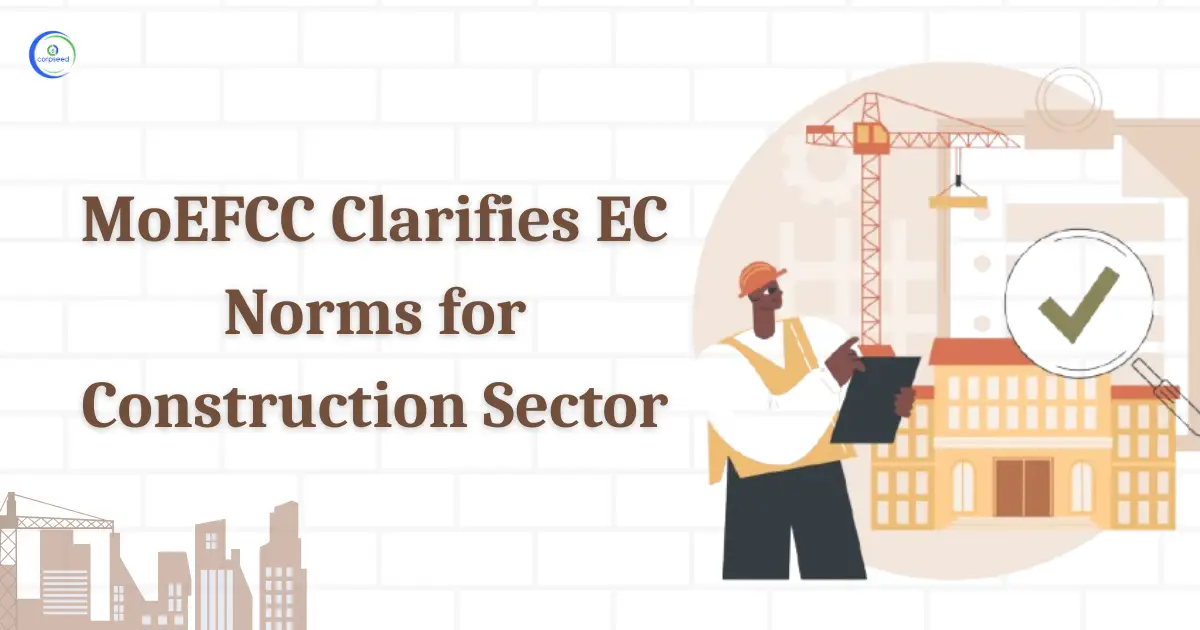
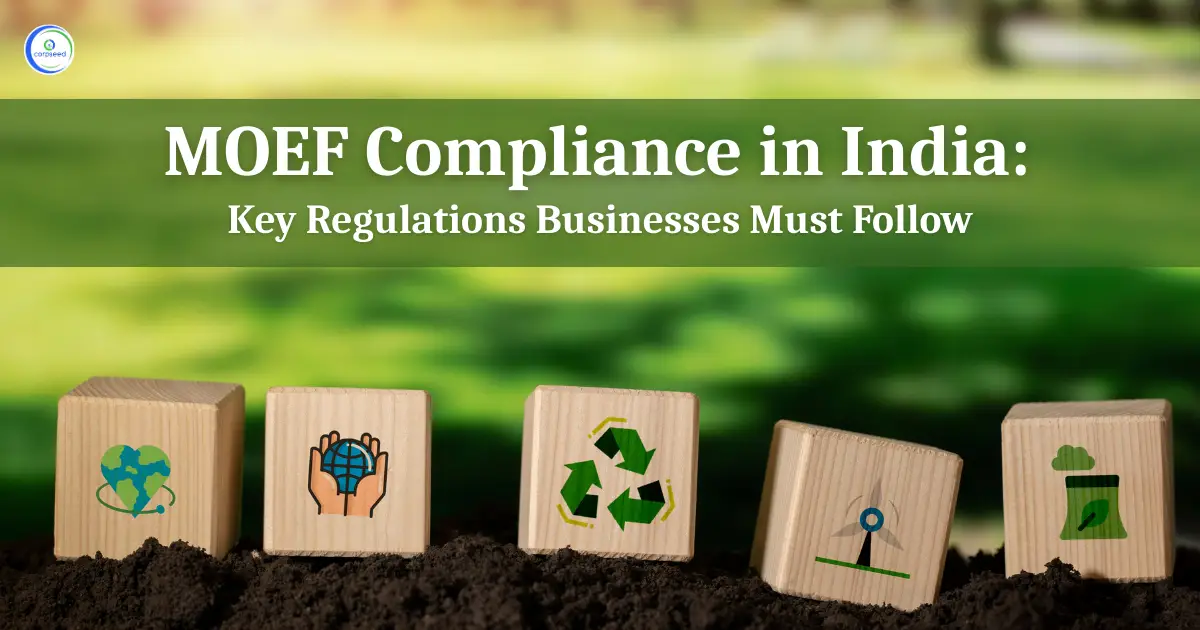
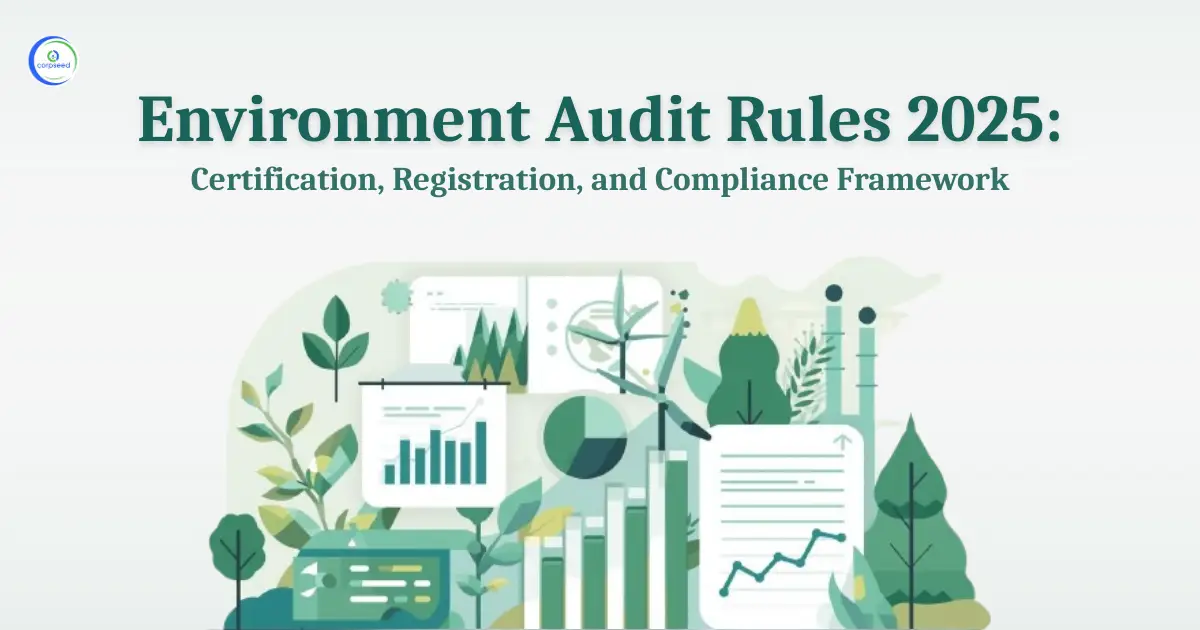
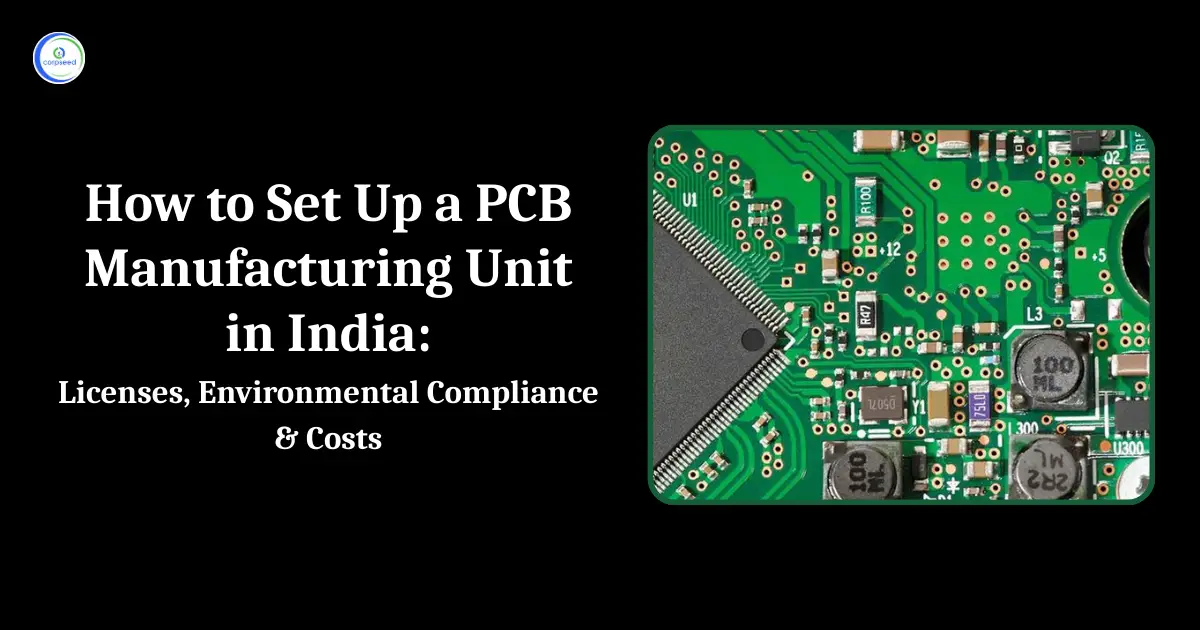
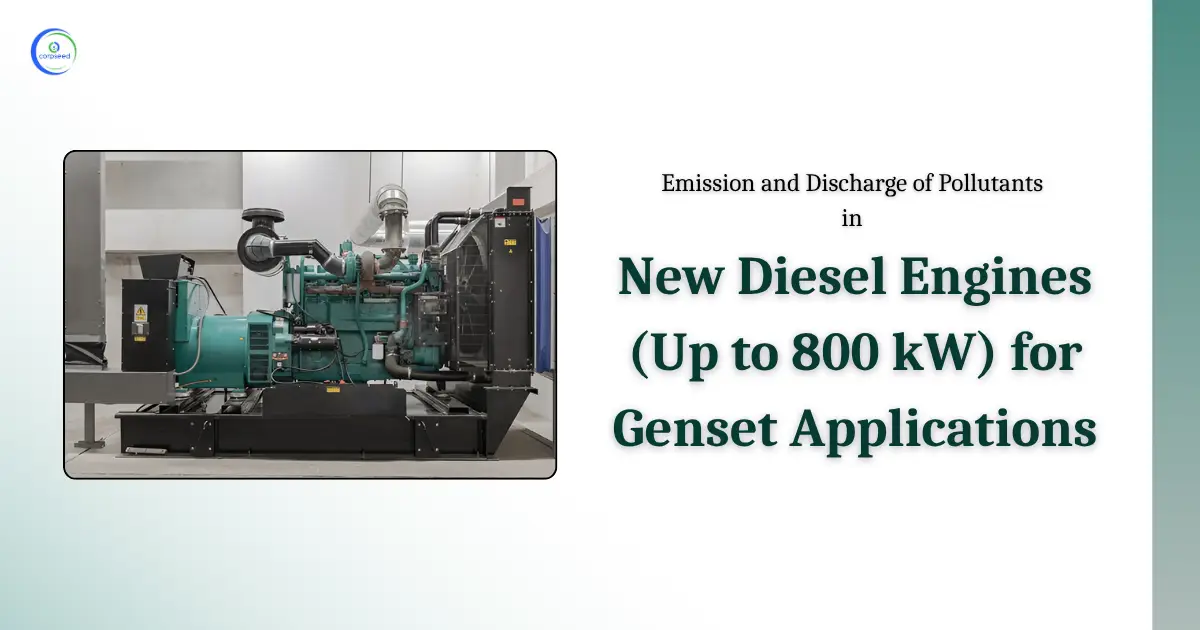
_Corpseed.webp)
.webp)
